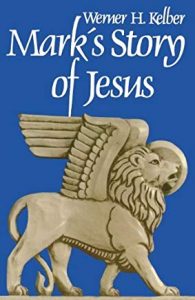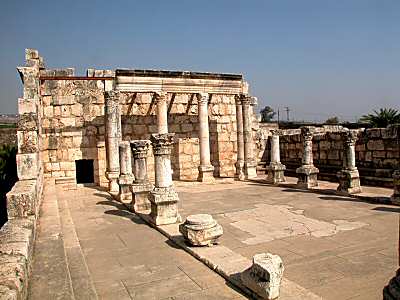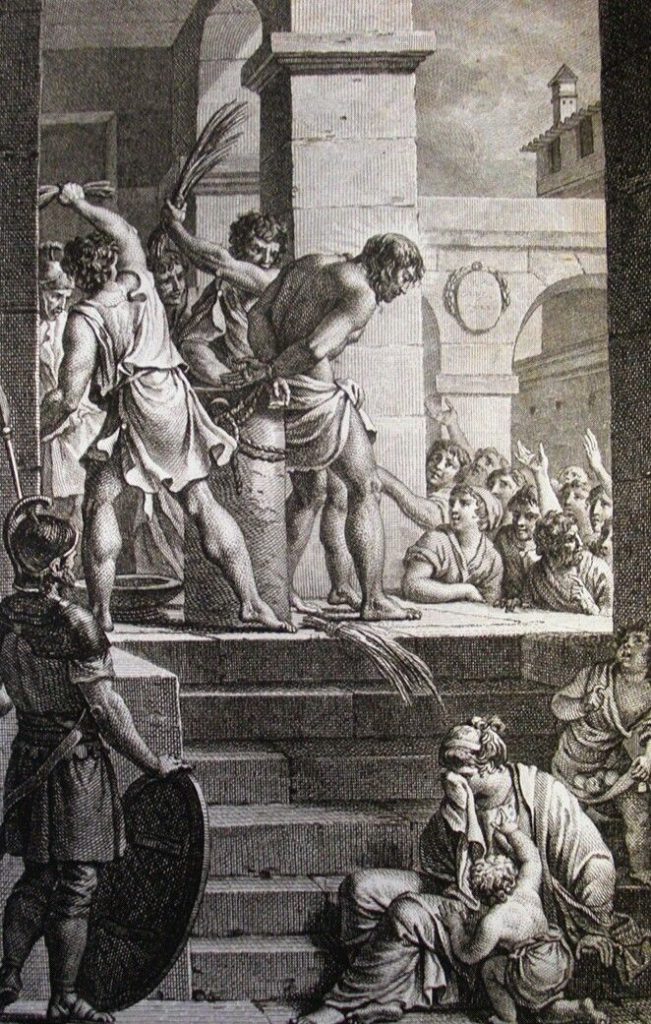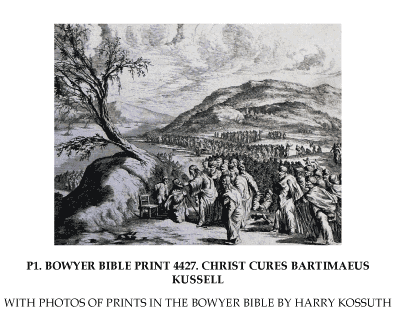
Not every scholar thinks it is silly to read Paul’s letters without bringing to them assumptions from later documents like the Gospels. Some think it is a sounder method to interpret the later literature in the light of what we can understand from what went before it — and not the reverse.
Associate Professor William Arnal is one scholar who does know how to avoid bringing Gospel presuppositions into his reading of Paul’s letters. What he does in “Major Episodes in the Biography of Jesus: An Assessment of the Historicity of the Narrative Tradition” (Toronto Journal of Theology, 13/2, 1997, pp. 201-226) is use earlier sources to try to shed light on how the Gospel narrative came about.
Paul’s famous passage in 1 Corinthians 11:23-25 about the Last Supper saying of Jesus is often pulled out as evidence that Paul knew about the scene we read in the Gospels of Jesus having a final meal with his disciples just prior to being betrayed by Judas. But that is reading the evidence backwards, Arnal rightly argues. First we need to understand what Paul does say, and then compare with the later narrative in the Gospels, and ask what evidence we have to explain the relationship between the two. Continue reading “A scholar reads Paul without Gospel presuppositions”



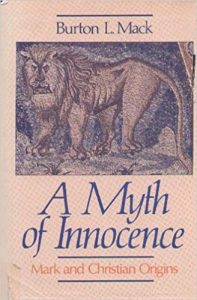 In
In 